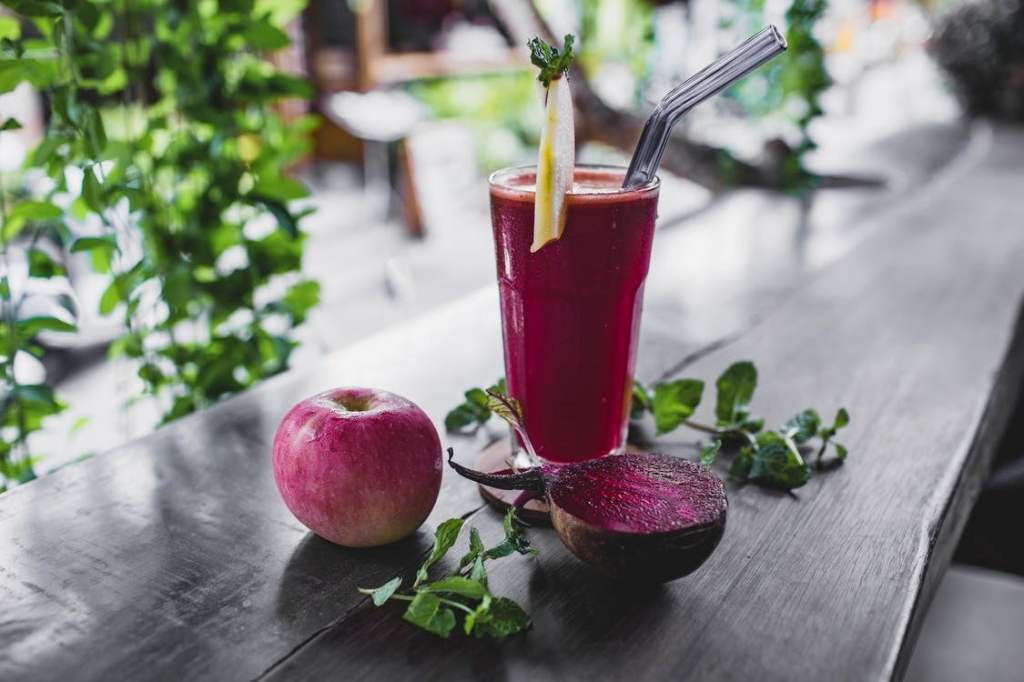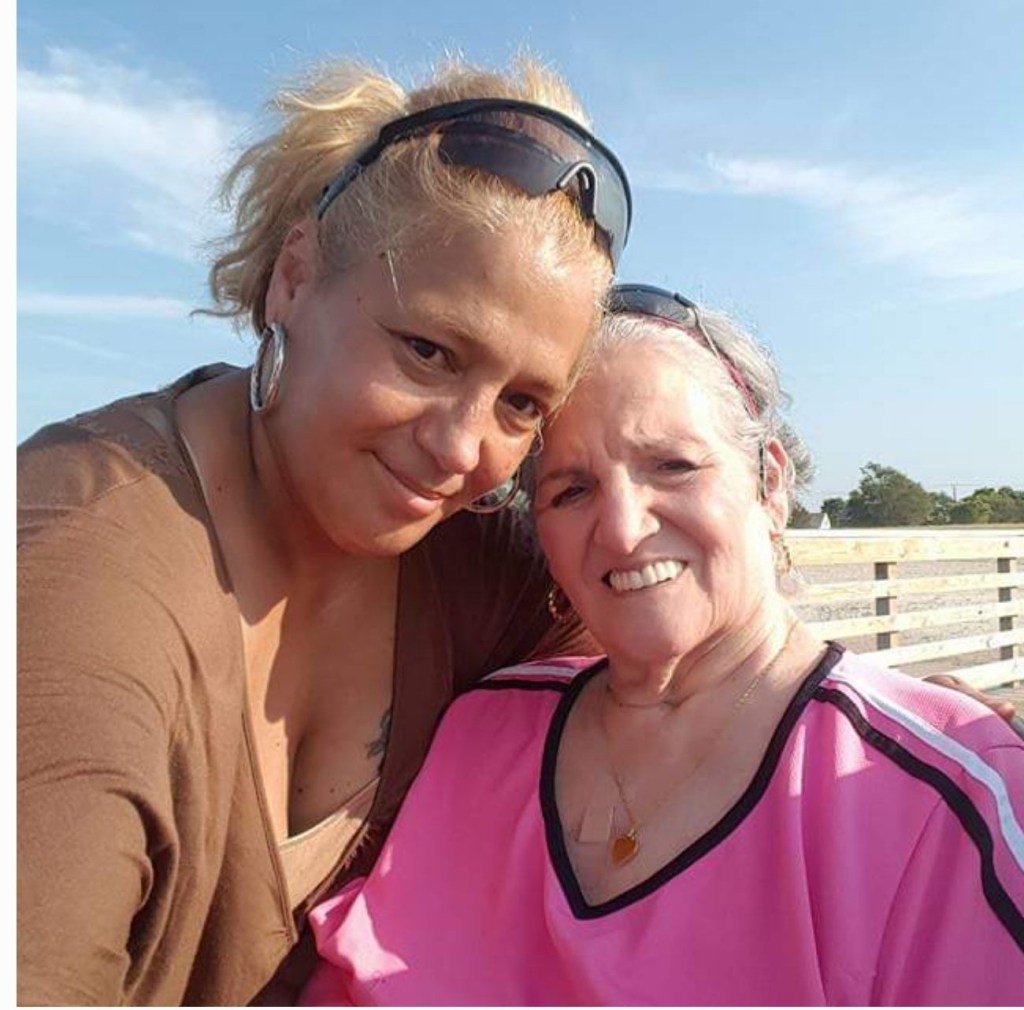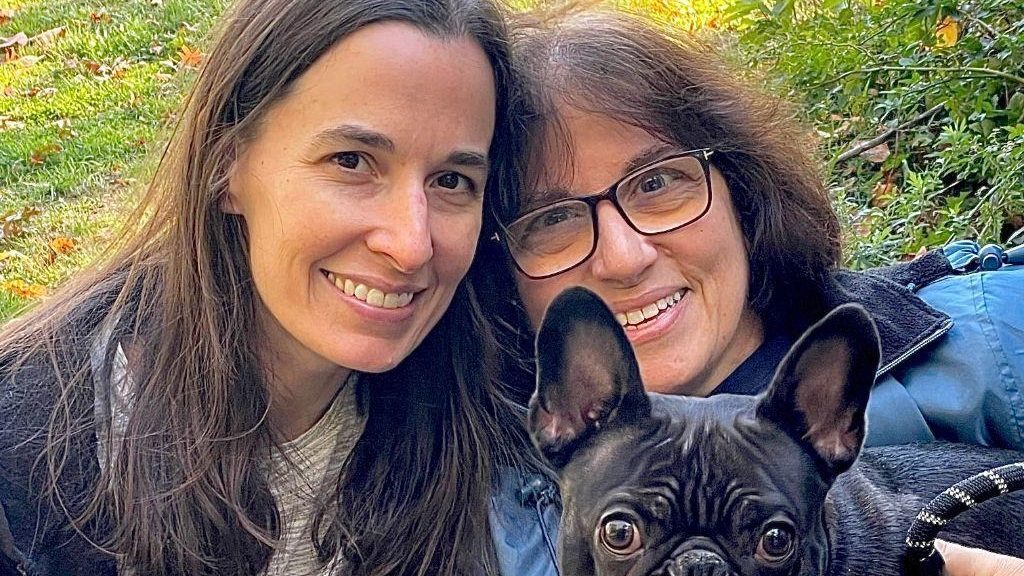
Does Your Loved One Suffer from Gastroparesis? Here’s What They Should be Eating
General Tips for a Gastroparesis Diet
While there is no known cure for gastroparesis, dietary adjustments and medications can provide relief and improve overall wellness and health. There is no one gastroparesis diet that works for everyone, so part of the process of discovering what reduces a loved one’s symptoms is introducing small amounts of different foods throughout the day and seeing how well their stomach tolerates them. There are a few general guidelines to follow while keeping up with a gastroparesis diet:
- Staying hydrated and drink adequate fluids
- Chewing food thoroughly
- Sitting up while eating
- Staying active with frequent exercise
- Avoiding alcohol
- Reducing fiber and fat, without cutting them out entirely
- Eating smaller and more frequent meals
The primary goal of these dietary guidelines is to reduce the amount of irritation and pressure on the stomach during the digestion process.
Gastroparesis Diet Foods & Meal Preparation
Outlined below is one example of a gastroparesis diet that includes three distinct phases. These are intended to be general recommendations. Your loved one’s personal dietary plan should be tailored to them and based on the guidance of medical professionals.
Phase 1 – Liquids
A short-term liquid diet may be beneficial for those who suffer from acute pain and severe symptoms of gastroparesis. Liquids are easier to digest and reduce pressure on the stomach, while also providing nutrients and hydration. A liquid diet shouldn’t be used for more than three days, and all foods should be avoided except:
- Plain saltine crackers
- Gatorade or soft drinks
- Simple soup broths (such as fat-free consommé)
Your loved one should eat simple meals that include small quantities of crackers and these drinks throughout the day until severe symptoms subside.
Phase 2 – Dietary Fats
Fats take a long time for the body to digest, so they are typically restricted in a gastroparesis diet. Dietary fats, however, are essential for energy levels and overall health, so gradual reintroduction of some fats is recommended. The next phase of this diet introduces dietary fats in a small amount of no more than 40 grams per day. Additional foods that can be introduced at this phase are:
- Skim milk
- Low-fat yogurt and cheeses
- Small amounts of pasta or noodles
- White rice
- Eggs and peanut butter
- Vegetable juice
- Vegetables without skins (such as carrots and potatoes)
- Fruit juices
- Canned fruits without skins
- Low-fat desserts (such as frozen yogurt and caramels)
It’s recommended to eat six meals containing these foods per day, three primary meals and three snacks. This stage of the gastroparesis diet should provide your loved one with adequate calories, protein, and carbohydrates along with a good balance of vitamins and minerals.
Phase 3 – Long-Term Maintenance
Fats and fibers are the most restricted food categories for long-term maintenance of gastroparesis. Once your loved one is able to tolerate Phase 2, they can transition to the final phase of this diet. A few additional foods can be introduced at this point:
- Poultry, fish, and lean ground beef
- Coffee and tea
Full-fat versions of foods such as milk and cheese should be still be eliminated. It’s also recommended in this final phase to limit fat intake to no more than 50 grams per day and avoid overly fibrous foods. The digestive system is complex, and gastroparesis can be a difficult to manage, especially for the newly diagnosed. By creating a customized meal plan and reintroducing foods slowly, it’s possible to reduce symptoms and achieve a healthier, more balanced lifestyle. Gastroparesis is a frustrating or even crippling condition, but symptoms can be manageable, and there are many benefits to adjusting eating habits and trying new recipes over time.
Are you caring for a loved one with chronic conditions at home? Careforth could help. Learn more about our coaching and support program for caregivers of Medicaid-eligible friends and family members.


